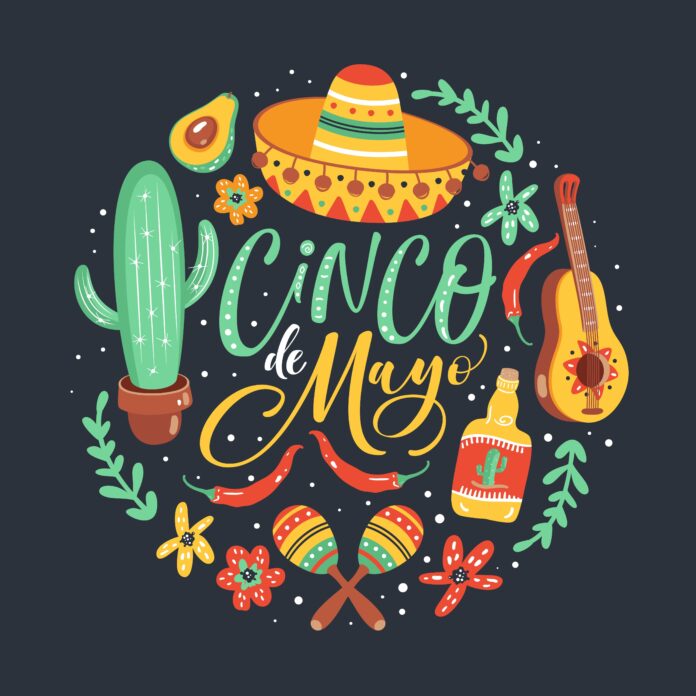Each year on May 5, vibrant parades, mariachi music, and traditional Mexican cuisine fill the streets of cities across the United States as communities celebrate Cinco de Mayo. Often mistaken for Mexico’s Independence Day, this holiday actually commemorates a historic Mexican victory over French forces at the Battle of Puebla in 1862, a moment of resilience that has evolved into a global celebration of Mexican culture and heritage.
The story of Cinco de Mayo begins in the turbulent 1860s, when Mexico faced severe financial strain following the Mexican-American War (1846–1848) and the Reform War (1858–1861). In 1861, President Benito Juárez, a Zapotec lawyer and leader of the Liberal faction, declared a moratorium on foreign debt payments, prompting France, Spain, and the United Kingdom to demand repayment. While Spain and the UK eventually withdrew, French Emperor Napoleon III saw an opportunity to establish a French-controlled empire in Mexico. He sent 6,000 troops to invade, aiming to install Archduke Maximilian of Austria as ruler.
On May 5, 1862, in the small town of Puebla, a poorly equipped Mexican force of about 2,000 soldiers, led by General Ignacio Zaragoza, faced the formidable French army. Despite being outnumbered and outgunned, the Mexican troops, including mestizo and Zapotec fighters, achieved a stunning victory, killing nearly 500 French soldiers while losing fewer than 100 of their own. Though the French later regrouped and occupied Mexico City, the Battle of Puebla became a powerful symbol of Mexican resistance against foreign intervention. President Juárez declared May 5 a national holiday, known as “Battle of Puebla Day.”
In Mexico, Cinco de Mayo remains a regional celebration, primarily observed in Puebla with parades, battle reenactments, and festivals. However, its significance grew far beyond Mexico’s borders, particularly in the United States. The holiday’s roots in the U.S. trace back to 1863 in California, where Mexican-American communities, inspired by the Puebla victory, began commemorating the event as a symbol of resistance to oppression. During the American Civil War, Latinos in California saw parallels between Mexico’s fight against the French and the Union’s struggle against the Confederacy, which sought French support. These early celebrations were political, raising funds and recruiting men to aid Juárez’s forces.
The holiday gained broader traction during the Chicano Movement of the 1960s and 1970s, when Mexican-American activists embraced Cinco de Mayo as a way to celebrate their heritage and resist systemic racism. “It became a Chicano holiday, linked to the struggle against a foreign invader,” said Mario García, a Chicanx historian at the University of California, Santa Barbara. By the 1980s, commercialization by beer, wine, and tequila companies propelled Cinco de Mayo into a nationwide phenomenon, with beer sales rivaling those of the Super Bowl.
Today, Cinco de Mayo is celebrated more widely in the U.S. than in Mexico, with major festivals in cities like Los Angeles, Chicago, and Houston featuring traditional foods like mole poblano, tacos, and guacamole, alongside music and dance. Critics, however, note that the holiday’s commercialization has sometimes led to stereotypes, with events dubbed “Drinko de Mayo” perpetuating excessive drinking and cultural misrepresentations. Historians like David Hayes-Bautista urge celebrants to honor the holiday’s roots by learning about its history and supporting authentic Mexican-American businesses and artisans.
By: Montana Newsroom staff




